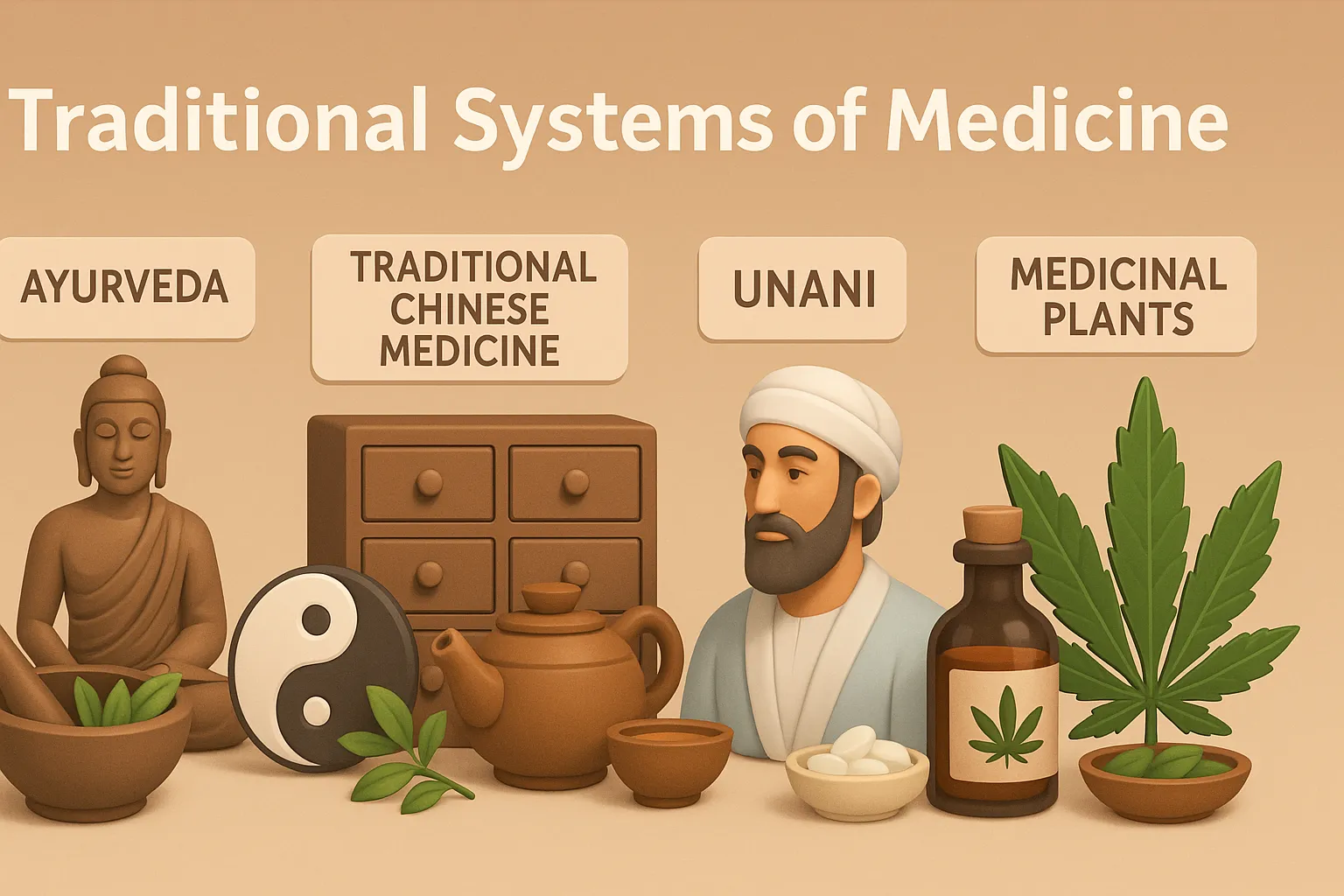Lehya (Avaleha)
Lehya (Avaleha) is a semi-solid Ayurvedic formulation made with herbal extracts, jaggery, or honey for easy consumption and efficacy. Definition Lehya (Avaleha) Lehya (also called avaleha or confection) is a semi-solid preparation made by boiling the decoction of herbs with a sweet base (jaggery, sugar, honey) until it achieves a thick, paste-like consistency. Preparation Steps … Read more










